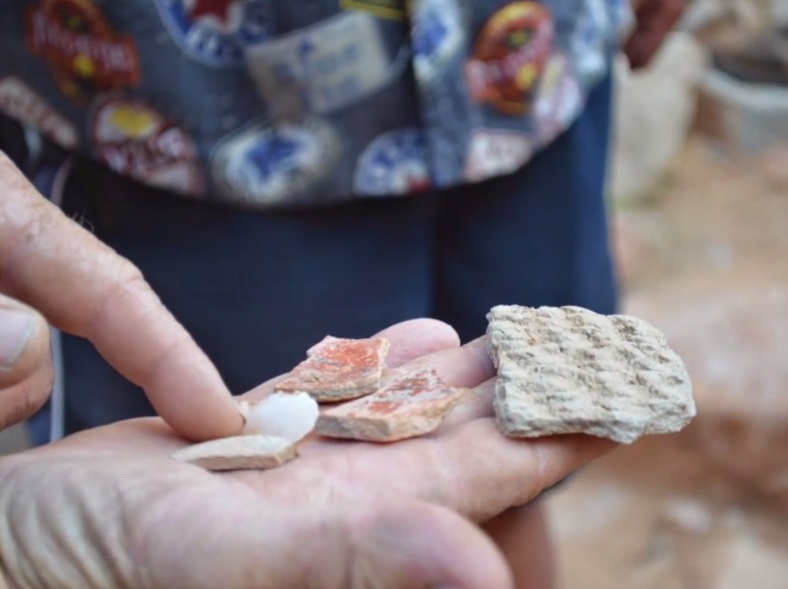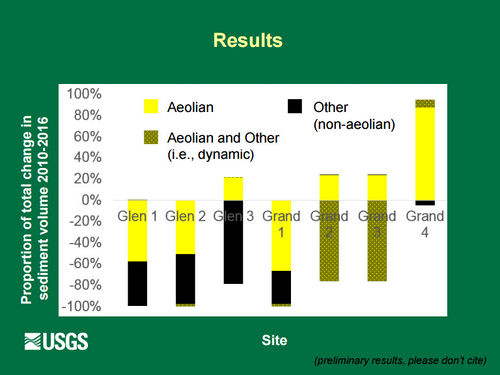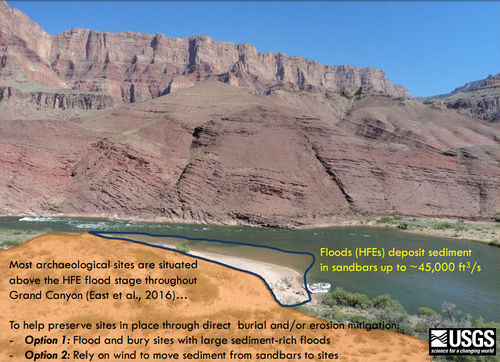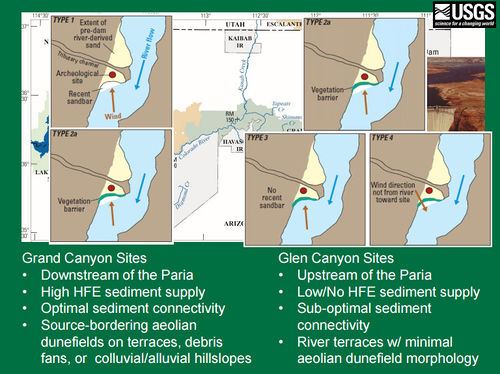Difference between revisions of "CULTURAL"
Cellsworth (Talk | contribs) |
Cellsworth (Talk | contribs) |
||
| Line 105: | Line 105: | ||
|- | |- | ||
|style="color:#000;"| | |style="color:#000;"| | ||
| − | |||
| − | |||
| − | |||
| − | |||
| − | |||
| − | |||
| − | |||
'''2015''' | '''2015''' | ||
| − | |||
*[http://www.usbr.gov/uc/rm/amp/twg/mtgs/15jan20/Attach_04.pdf Cultural Site Monitoring in Glen and Grand Canyons] | *[http://www.usbr.gov/uc/rm/amp/twg/mtgs/15jan20/Attach_04.pdf Cultural Site Monitoring in Glen and Grand Canyons] | ||
'''2014''' | '''2014''' | ||
| − | |||
*[http://www.usbr.gov/uc/rm/amp/twg/mtgs/14jan30/Attach_07.pdf Cultural Resources Ad Hoc Group Report ] | *[http://www.usbr.gov/uc/rm/amp/twg/mtgs/14jan30/Attach_07.pdf Cultural Resources Ad Hoc Group Report ] | ||
*[http://www.usbr.gov/uc/rm/amp/twg/mtgs/14jan30/AR_Fairley_Landscape-scale.pdf Landscape-scale management implications of cultural resource studies (Fairley)] | *[http://www.usbr.gov/uc/rm/amp/twg/mtgs/14jan30/AR_Fairley_Landscape-scale.pdf Landscape-scale management implications of cultural resource studies (Fairley)] | ||
| Line 125: | Line 116: | ||
*[https://www.usbr.gov/uc/rm/amp/twg/mtgs/13jan24/Attach_04.pdf Memorandum of Understanding Among the U.S. Department of Defense, U.S. Dept. of the Interior, U.S. Dept. of Agriculture, U.S Dept. of Energy, and the Advisory Council on Historic Preservation Regarding Interagency Coordination and Collaboration for the Protection of Indian Sacred Sites] | *[https://www.usbr.gov/uc/rm/amp/twg/mtgs/13jan24/Attach_04.pdf Memorandum of Understanding Among the U.S. Department of Defense, U.S. Dept. of the Interior, U.S. Dept. of Agriculture, U.S Dept. of Energy, and the Advisory Council on Historic Preservation Regarding Interagency Coordination and Collaboration for the Protection of Indian Sacred Sites] | ||
*[https://www.usbr.gov/uc/rm/amp/twg/mtgs/13jan24/22_Fairley.pdf Summary of 2012 Accomplishments for Cultural Monitoring R&D Project, New Knowledge Gained, and Future Research Directions for FY2013-14] | *[https://www.usbr.gov/uc/rm/amp/twg/mtgs/13jan24/22_Fairley.pdf Summary of 2012 Accomplishments for Cultural Monitoring R&D Project, New Knowledge Gained, and Future Research Directions for FY2013-14] | ||
| − | |||
| − | + | ||
| − | + | ||
Revision as of 09:56, 26 April 2017
|
|
Cultural ResourcesThe lower reaches of Glen Canyon and the river corridor through Grand Canyon National Park, Arizona, have been used by humans for at least 13,000 years. Today, at least nine contemporary Native American Tribes claim traditional cultural ties to this area. Grand Canyon National Park contains more than 4,000 documented prehistoric and historic sites, and about 420 of these sites are located in proximity to the Colorado River. The lower reaches of Glen Canyon contain an additional 55 sites. In addition to archaeological sites, cultural resources along the Colorado River corridor include historic structures and other types of historic properties, as well as biological and physical resources that are of traditional cultural importance to Native American peoples such as springs, unique landforms, mineral deposits, native plant concentrations, and various animal species. Desired Future Condition for Cultural ResourcesPrehistoric Archaeological Sites and Historic Sites: |
| Tribal Ecological Knowledge |
Cultural Resources Library |
Tribal Perspectives |
|---|
|
|




